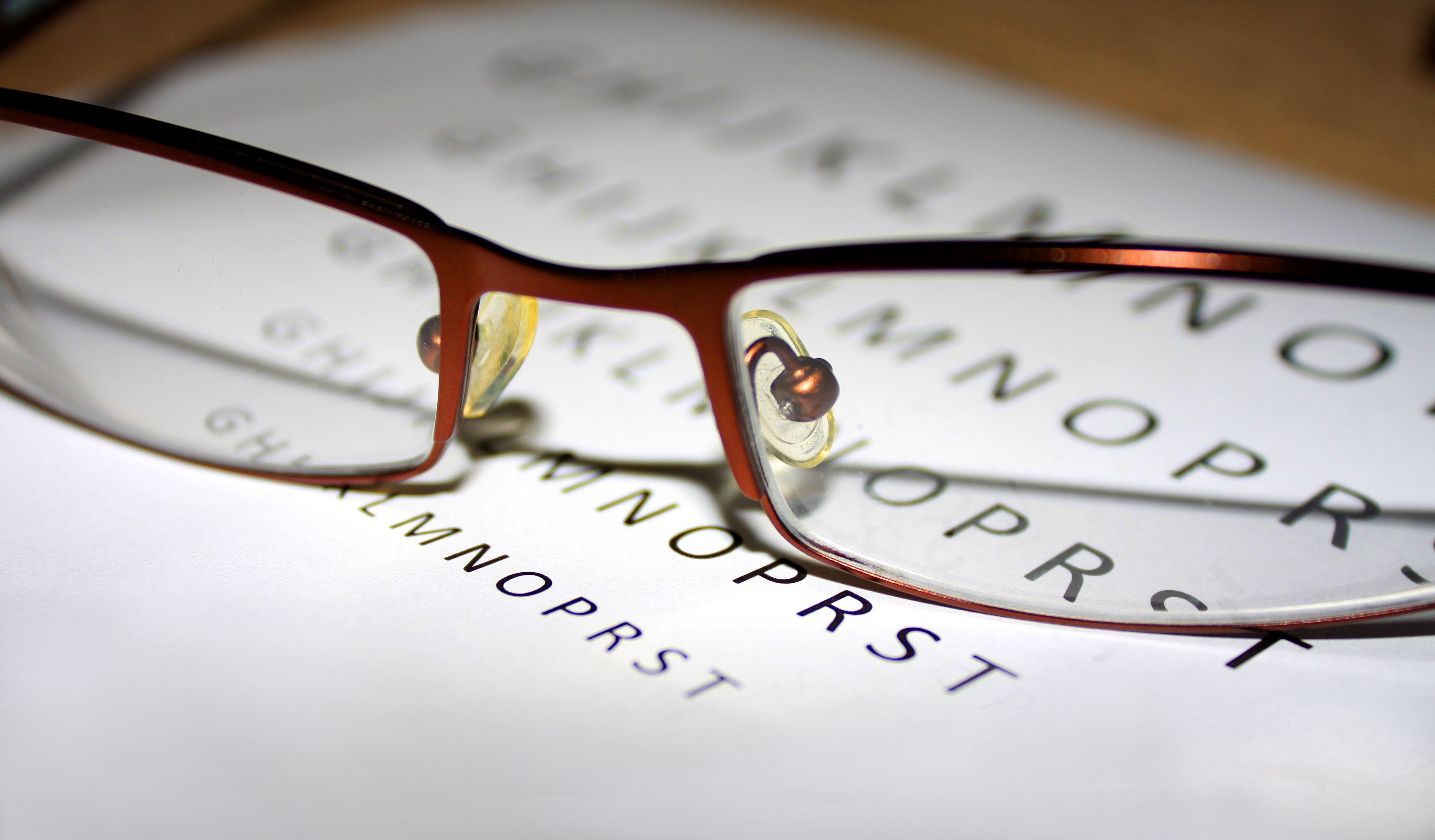Article
Study Details Long-term CSC Recurrence After IVBI Treatment
Author(s):
In patients with central serous chorioretinopathy, eyes treated with intravitreal bevacizumab injections and which achieved complete resolution of subretinal fluid have a 50% chance of CSC recurrence in the long term.
In patients with central serous chorioretinopathy (CSC), eyes treated with intravitreal bevacizumab injections (IVBIs) and which achieved complete resolution of subretinal fluid have a 50% chance of CSC recurrence in the long term, according to a study published in PLos One. However, thinner choroid and serous pigment epithelial detachment may be protective against recurrences.
Patients with CSC exhibit serous neurosensory retinal detachment at the posterior pole caused by leakage from the retinal pigment epithelium (RPE). “Serous neurosensory macular detachment in patients with CSC leads to visual symptoms involving metamorphopsia, blurred vision, and micropsia in a relatively young and middle-aged population,” authors wrote.
Roughly 10% of those with acute CSC have multiple recurrences or progress to chronic course. Persistent serous retinal detachment can lead to permanent visual impairment. Although the majority of cases of acute CSC spontaneously resolve within 3 months, early intervention for acute CSC may prevent irreversible vision loss.
Studies on the effects of IVBIs for CSC have yielded mixed results, and additional anti-vascular endothelial growth factor (VEGF) agents like ranibizumab and aflibercept seem to be more effective than IVBIs for treatment-naïve or non-responsive cases over the short term. Additional studies found no superior efficacy of anti-VEGF injections for CSC.
To investigate the long-term treatment outcomes of IVBIs for patients with CSC, in addition to rates and predictive factors of recurrence, researchers conducted a retrospective interventional study.
Medical records of 44 patients (45 eyes) with macular-involved CSC who underwent IVBIs and completed at least a 2-year follow-up were analyzed. Researchers defined complete resolution (CR) as complete resolution of subretinal fluid at least 3 months after the last IVBI, while thick-choroid CSC was defined as mean subfoveal choroidal thickness greater than 300 μm. The study population was classified into 2 groups according to baseline subfoveal choroidal thickness.
Mean (SD) participant age at the time of CSC diagnosis was 45.5 (9.6) years and the mean follow-up duration was 35.1 (11.5) months. The majority of patients (35) were male.
Analyses revealed:
- 22 eyes (48.9%) had acute CSC, and 40 eyes (88.9%) achieved CR
- 20 eyes (50%) developed recurrence, the mean number of IVBIs to achieve the first CR was not significantly different between eyes with and without recurrences (2.6 [1.6] vs. 2.9 [1.9]; P = .658)
- 5 patients (11.1%) did not achieve complete resolution of CSC after the IVBIs, and were referred for photodynamic therapy (PDT)
- Presence of thick-choroid CSC was higher in eyes with recurrence than in those without: 13 eyes (85%) vs. 10 eyes (50%), respectively (P = .020)
- Among the baseline characteristics, serous pigment epithelial detachment (B = –2.580, P = .032) and thick-choroid (B = 1.980, P = .019) were significantly associated with recurrence
- Final best corrected visual acuity was not significantly different between eyes with and without recurrence, although the eyes without recurrence showed better visual outcomes
According to authors, the long-term treatment results reflected in this study suggest IVBIs can remain as a treatment option for patients with CSC.
“Although the exact pathophysiology of CSC is still under investigation, RPE decompensation and choroidal hyperpermeability seem to be involved,” researchers wrote. Relatively thin-choroid CSC may also indicate lower disease activity in patients while relatively thin choroid may indicate lower hydrostatic pressure.
The retrospective design of the study and small population mark limitations to the findings. Absence of a control group also limited comparison of treatment efficacy. Future prospective studies comparing IVBIs to PDT, combination therapy of PDT with IVBIs, and observation ought to be carried out, authors concluded.
Reference
Kang HM, Choi JH, Koh HJ, and Lee SC. Long-term treatment response after intravitreal bevacizumab injections for patients with central serous chorioretinopathy. Plos One. Published online September 8, 2020. doi:10.1371/journal.pone.0238725





